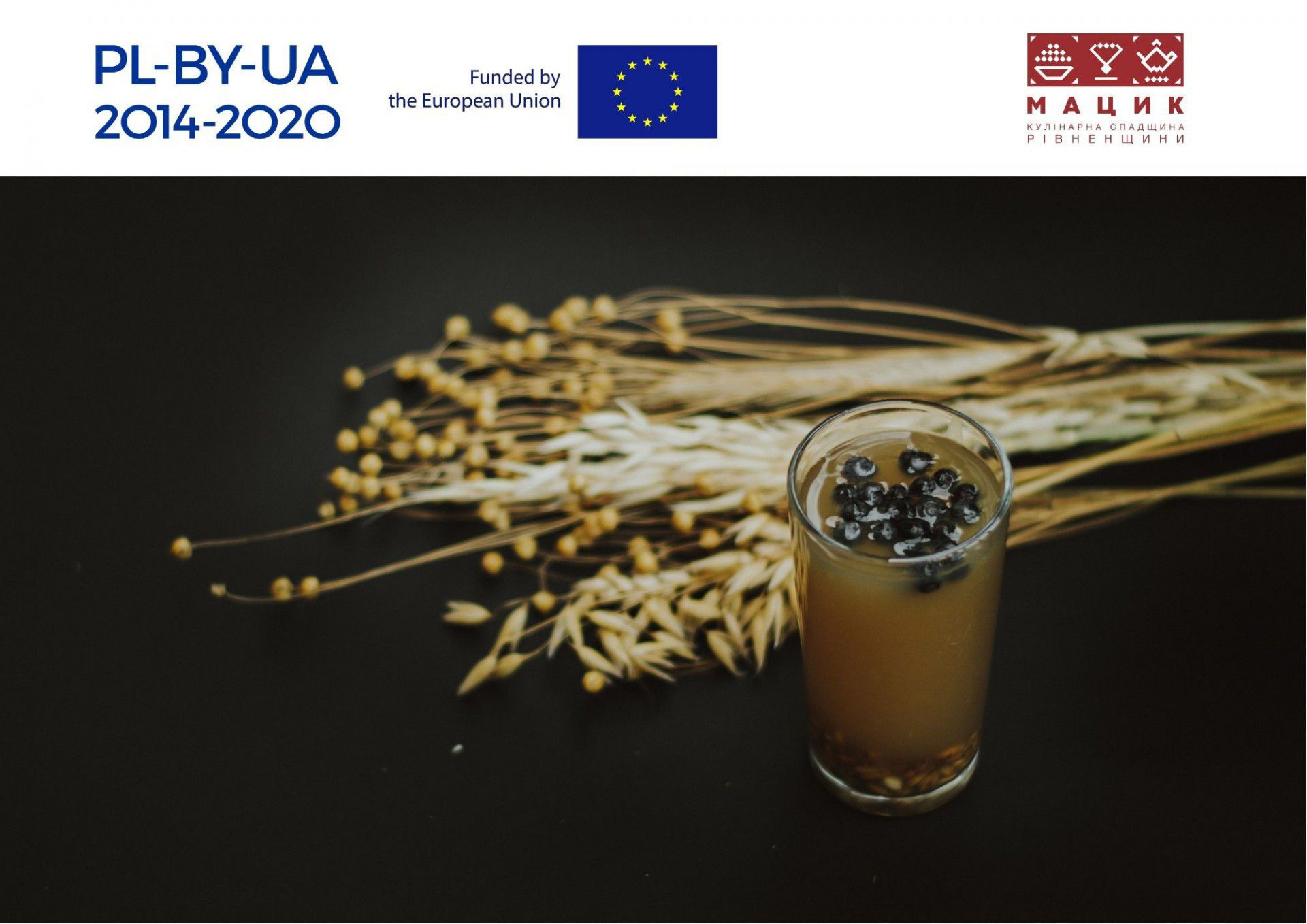Grain and the tradition of haze weaving in Rivne region
Grain and the tradition of haze weaving in Rivne region
A series of publications about the culinary expeditions of the NGO "Agency for Sustainable Development of the City", which promote the culinary traditions and intangible heritage of Rivne and Rivne region. The article preserves the dialect of the region and the live language.
In order to preserve and promote the traditional culinary heritage of Rivne and Rivne region, in 2020 the international project "Cultural heritage of the cuisine - the promotion of culinary traditions through the professionalization of the gastronomic offer of Lublin and Rivne" was launched by the Executive Committee NGO "Agency for Sustainable Development of the City" together with the Government of the City of Lublin. The project is implemented with the financial support of the European Union under the cross-border cooperation program "Poland-Belarus-Ukraine 2014-2020".
Grains and flax have been sown since ancient times
In Polissya, rye was the main grain, and in the late nineteenth - early twentieth century it occupied 50-60% of the sown area. Buckwheat and millet, barley and oats were also sown here. Wheat was uncommon due to unstable fertility on sandy or swampy soils. This ratio of grain crops has survived to this day.
Bread, pancakes, and rye knyshi were baked from flour (baked for Provody, Holy Evening, and Holodna Kutia, on funeral days and for memorial services). Alcoholic beverages were prepared from grain, such as zhytnivka and oatmeal kysil’ .
.png) Since the region of north-western Polissya has always been rich in flax, it was used by local housewives in cooking and making linen. There always was a scutcher near each house, each village had a wedge-shaped workbench on which the peasants "beat" flaxseed oil. Thus obtained linseed oil, which was used in various dishes. Used to prepare a prybyvka (so-called fried onions), which was added to potatoes, beans, and porridge. And flaxseed is used to season dishes, including potatoes (sometimes left in the husk) and served with brine (rozsol).
Since the region of north-western Polissya has always been rich in flax, it was used by local housewives in cooking and making linen. There always was a scutcher near each house, each village had a wedge-shaped workbench on which the peasants "beat" flaxseed oil. Thus obtained linseed oil, which was used in various dishes. Used to prepare a prybyvka (so-called fried onions), which was added to potatoes, beans, and porridge. And flaxseed is used to season dishes, including potatoes (sometimes left in the husk) and served with brine (rozsol).
.png) A feature of haze weaving in Polissya is the technological process of creating an ultra-thin canvas from a flax stalk, artistic and modelling characteristics as well as white and red colours.
A feature of haze weaving in Polissya is the technological process of creating an ultra-thin canvas from a flax stalk, artistic and modelling characteristics as well as white and red colours.
.png) The inhabitants of Rivne Polissya used haze products all their lives. A newborn child was admitted to it, and the heads of the newlyweds were covered with a haze during the wedding ceremony. Festive costumes, aprons, capes were sewn from the haze, people went to church, and the bodies of the dead were covered with.
The inhabitants of Rivne Polissya used haze products all their lives. A newborn child was admitted to it, and the heads of the newlyweds were covered with a haze during the wedding ceremony. Festive costumes, aprons, capes were sewn from the haze, people went to church, and the bodies of the dead were covered with.
.png)
For haze weaving, a machine tool was made, which allowed weaving from ultra-thin fiber. In the north-western Polissya is a well-known village Krupove, Dubrovytsia district, where the tradition of haze weaving. In this village, honored masters of folk art of Ukraine support the preservation of the haze, where master classes are held to teach weaving. Here, almost every family has masters who pass on their knowledge from generation to generation.
Our Polissya traditions - whether culinary, craft, beliefs or rituals - are all our history, the heritage of our ancestors and generations. It is extremely rich and inexhaustible. In order for this intangible heritage not to disappear over time, it is very important to preserve it and tell the world about it.
.png) The project is implemented with the financial support of the European Union under the Сross-border cooperation program "Poland-Belarus-Ukraine 2014-2020".
The project is implemented with the financial support of the European Union under the Сross-border cooperation program "Poland-Belarus-Ukraine 2014-2020".
The content is the sole responsibility of the NGO "Agency for Sustainable Development of the City", and under no circumstances can be regarded as reflecting the position of the European Union.
Photographer Anton Trofimchuk
